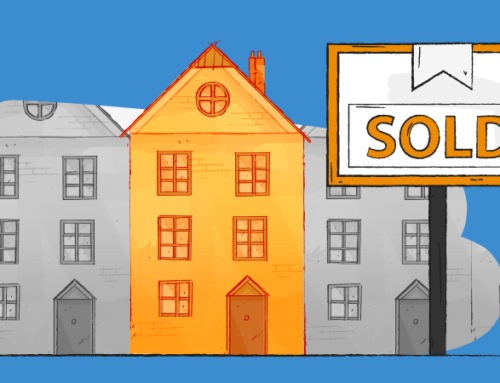Plans for New Scottish Property Tax Revealed

The Scottish Government has revealed plans for a new property tax system, which will be a first for the country.
The Scottish Finance Secretary, John Swinney, has published legislation for a tax that will replace Stamp Duty.
This is the first time a bill has been introduced that will allow the Scottish Parliament to set and collect a proportion of its revenue.
The new Land and Building Transactions Tax (LBTT) will be enforced from April 2015.
Swinney describes it as an “innovative approach to taxation” that will be more progressive than Stamp Duty.
Under the current system, those buying a property for £125,000 or more are charged between 1%-7% of the amount they have paid, depending on the price.
Under Stamp Duty’s tiered system, if a home is just over the threshold for a higher rate of tax, this is applied to the total value.
Stamp Duty is charged at 1% for properties costing between £125,000-£250,000 and 3% between £250,000-£500,000. This means that if a buyer purchases a house for £260,000, they must pay 3% of the total amount in tax, at £7,800. Meanwhile, on a home costing £240,000, the charge is just 1%, or £2,400.
As a result, ministers believe this “progressive structure will be more proportionate to the ability to pay and will remove the distortion in prices at the thresholds”1.
Almost three-quarters of those that responded to the Government’s consultation on the matter support the changes.
The Scottish Government has not yet confirmed what the tax rates and bands will be, with the plan to set them closer to April 2015 when the new tax will be implemented.
However, ministers have already discussed the possibility of raising the threshold for not paying the tax, from £125,000 to £180,000, which would help first time buyers.
A new tax body is being set up, Revenue Scotland, to work alongside Registers of Scotland on collecting the tax.
Swinney says: “Today we take a further step toward setting and collecting of taxes in Scotland and doing so better and at less cost than the UK Government. In this bill, we are setting out an innovative approach to taxation that is much better aligned with Scots law and practices, and the principle of progressive taxation.
“The changes we are proposing would give us the opportunity to better support first time buyers trying to get onto the housing ladder, or families buying bigger homes that better suit their needs. Rather than the current distortive slab approach, which sees people pay too much tax and distorts the market, we will ensure that taxpayers pay an amount more proportionate to the value of their property.”
He continues: “The approach I am outlining today represents a strong foundation for the future. This Government’s approach to taxation is founded on Scottish principles that have stood the test of time since the days of Adam Smith.
“Taxation should be proportionate. Taxpayers should have certainty about what they should pay. It should be convenient and it should be efficient.
“Our tax system will meet the needs of a modern, 21st century Scotland, grounded on solid foundations and delivering sustainable economic growth.”1
1 https://www.heraldscotland.com/news/13083324.Swinney_unveils_plans_for_new_Scottish_property_tax/




